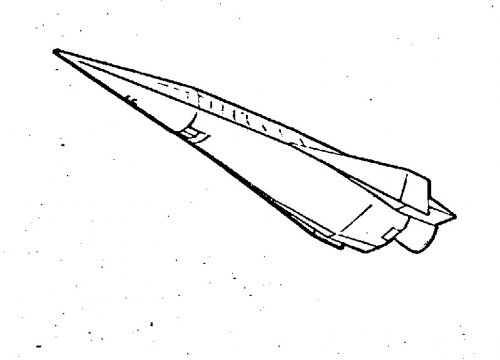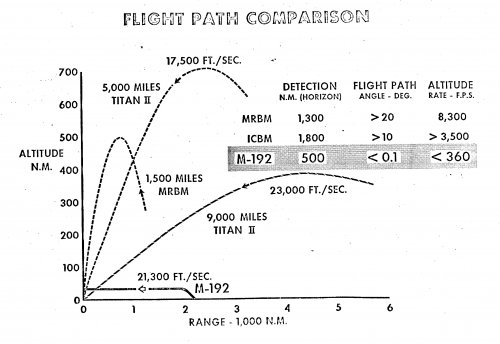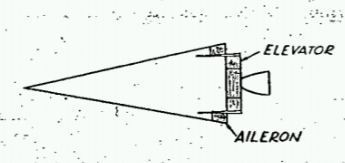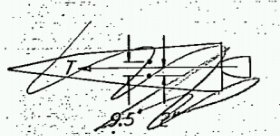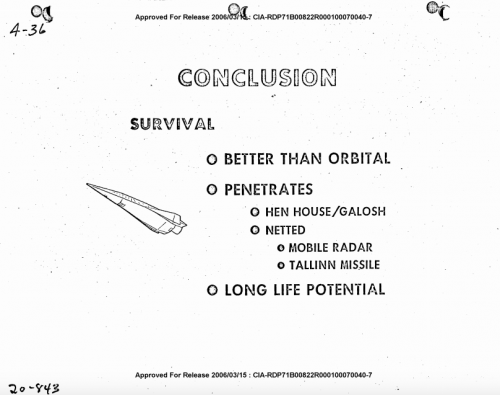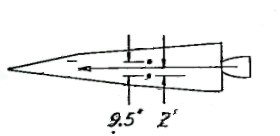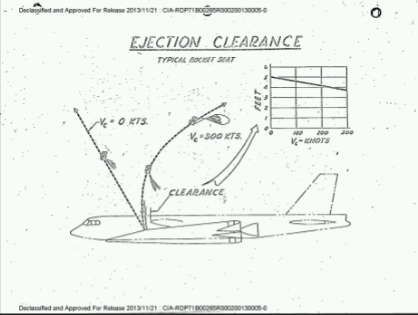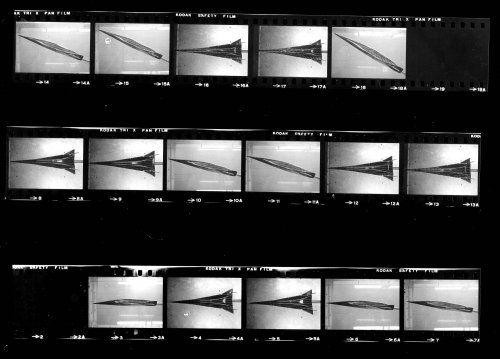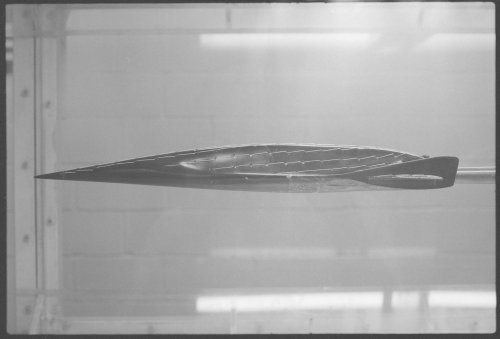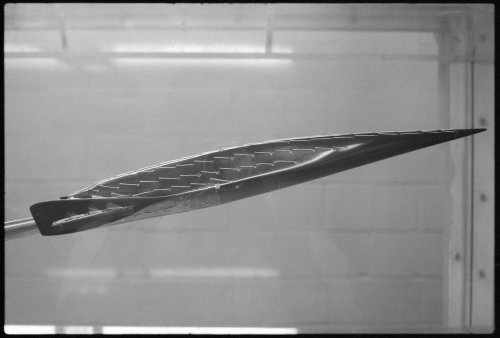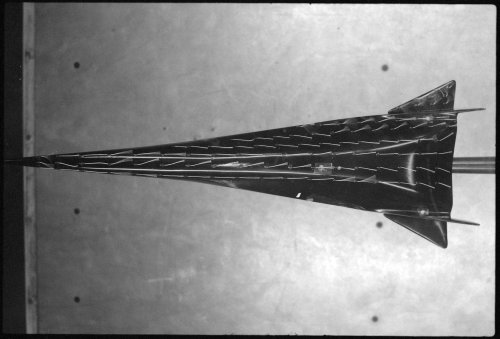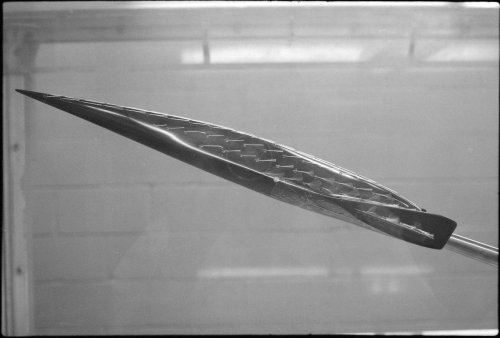- Joined
- 26 September 2008
- Messages
- 1,960
- Reaction score
- 746
sublight is back said:Don't know if anybody has seen this before but the CIA just put up some ISINGLASS docs in the last two weeks.
If you look at the date on the top of that document, it was declassified in 2011. I've had that and a bunch of other ISINGLASS documents since then (well, probably 2012) and have written some articles about them. I think some of the articles are linked elsewhere in this thread. (If you look at my August 30, 2013 post here, I was discussing that document and what it said about RHEINBERRY vs. ISINGLASS.) That and the other ISINGLASS documents were released as part of the CREST collection at the National Archives. Now much of the CREST collection is available to the public via the CIA's website.
Unless they have put new ISINGLASS documents onto the site that have been declassified in the past year, all the material you find in that CIA site has been publicly available for 4+ years. But I'm pretty much the only person who has been writing about it. So I'm going to be a wet blanket and say that there is not anything previously unknown, it is just easier for individuals to access the documents now. I go out to the Archives regularly (where that collection was kept) and I have not seen any new and interesting documents on R or I in the past few years, maybe even since that one above.
Sadly, there is almost nothing on the technology. It's mostly memos about the program.


